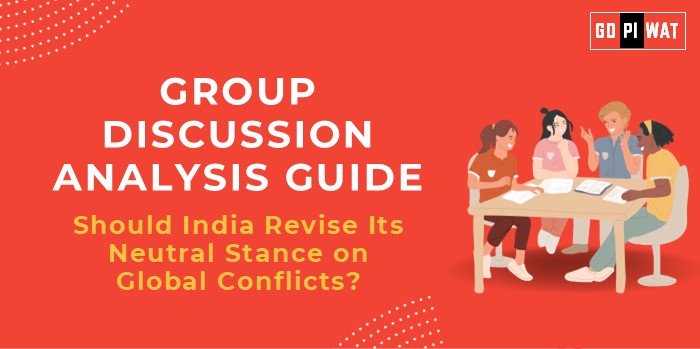📋 Should India Revise Its Neutral Stance on Global Conflicts?
🌐 Introduction to India’s Neutral Stance on Global Conflicts
India has historically upheld a non-aligned policy to balance its relations with global powers, ensuring independence from major power blocs. This stance has allowed India to protect its interests and act independently in international relations. However, with changing geopolitical landscapes and increasing global conflicts, questions arise on whether India should continue this approach.
📊 Quick Facts and Key Statistics
- 💼 Defense Imports:
- 🇷🇺 Russia: Between 2019 and 2023, Russia remained India’s primary defense supplier, contributing to 36% of imports. This marks a decrease from previous years, reflecting India’s effort to reduce dependency on a single source.
- 🇫🇷 France and 🇺🇸 United States: France has emerged as a significant supplier, covering 33% of India’s defense imports during the same period, with the U.S. also playing a crucial role.
- ✈️ Domestic Manufacturing: In 2022, India’s Hindustan Aeronautics Limited (HAL) began producing indigenous combat helicopters, a key step toward self-reliance in defense.
- 📈 Defense Exports: India’s defense exports reached ₹21,083 crore in 2023-24, marking a 32.5% increase from the previous fiscal year.
These statistics demonstrate India’s strategic initiatives to diversify defense partnerships and enhance domestic manufacturing, aligning with its self-reliance goals.
👥 Stakeholders and Their Roles
- 🏛️ Government of India: Shapes foreign policy and balances national security, economic ties, and diplomatic relations.
- ⚙️ Defense Sector: Guided by domestic and international partnerships to secure technological advancements.
- 🌍 Global Powers: (U.S., Russia, China) Major influencers of India’s foreign policy through trade, military, and political engagements.
- 🏢 International Organizations: Platforms like the UN, BRICS, and SCO where India’s stance influences global decisions on peace, security, and alliances.
🏆 Achievements and Challenges
✨ Achievements
- 🕊️ Strategic Autonomy: Maintained flexibility in engaging with multiple powers.
- 💹 Economic Benefits: Secured strong trade ties with major economies.
- 🌟 Global Leadership Role: Promoted peace, non-violence, and stability in conflict regions.
⚠️ Challenges
- ⚔️ Security Concerns: Rising tensions with neighboring countries, particularly China.
- 📉 Economic Risks: Potential sanctions impact due to ongoing global conflicts.
🗣️ Structured Arguments for Discussion
- 💡 Supporting Stance: “Revising India’s stance could provide a strategic advantage, strengthening alliances and improving security.”
- ⚖️ Opposing Stance: “India’s neutral position maintains diplomatic flexibility, enabling balanced relations with global powers.”
- 🔍 Balanced Perspective: “A moderated stance allows India to remain non-aligned while pursuing selective engagements.”
📋 Effective Discussion Approaches
- 🌐 Trade Impact: “India’s strategic independence has enabled it to balance multiple trade partnerships with minimal conflict risk.”
- 🛡️ Regional Security: “Growing regional tensions pose a dilemma for India’s non-alignment approach, particularly as major powers take sides.”
📈 Strategic Analysis of Strengths and Weaknesses
- 💪 Strengths: Strong diplomatic network, leadership in peace advocacy.
- ⚙️ Weaknesses: Dependencies in defense, limited direct involvement in international security alliances.
- 🌟 Opportunities: Enhancing regional influence, forming strategic alliances.
- ⚠️ Threats: Economic instability from global conflicts, regional threats from power struggles.
🎓 Connecting with B-School Applications
This topic connects to courses on international relations, security strategy, and risk management. It offers valuable insights into navigating the complex interplay of diplomacy, economics, and global alliances.
Sample Interview Questions:
- ❓ “How do India’s recent defense partnerships impact its non-aligned stance?”
- ❓ “What role does neutrality play in India’s economic and defense strategy?”
💡 Insights for B-School Students: Understanding the balance of neutrality and engagement informs strategies in complex international business and policy contexts.


